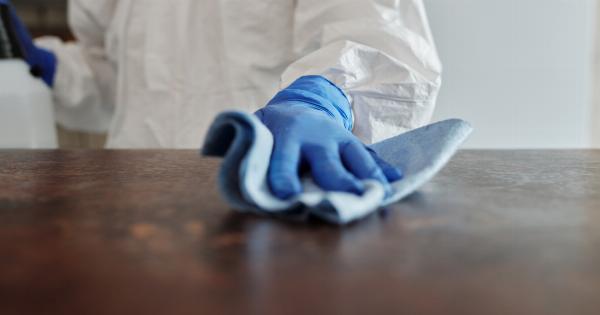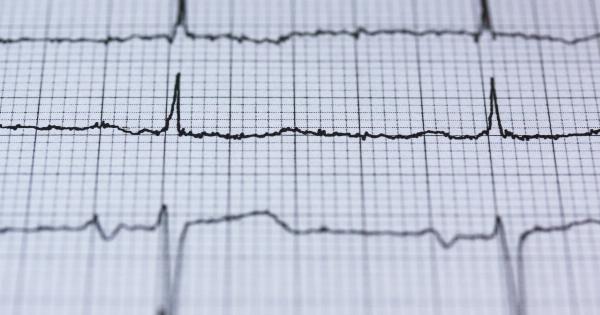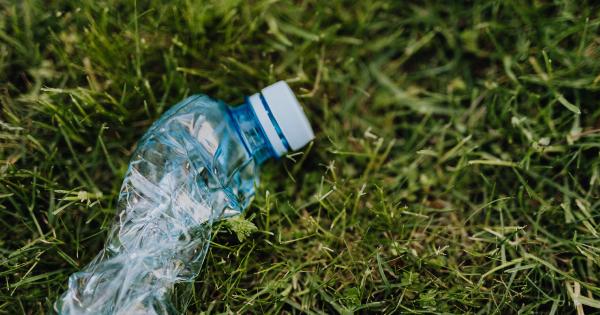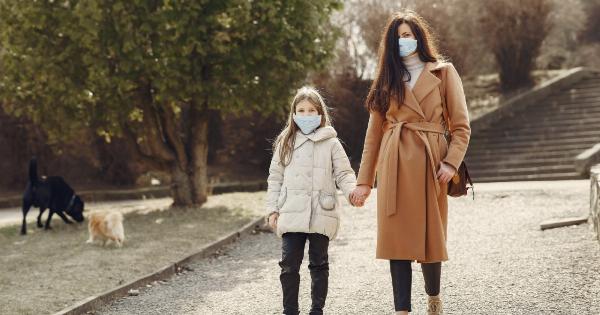Understanding normal penis size and the levels of microflora in men of different ages is important for both medical and personal purposes.
This article aims to chart the various aspects of penis size and microflora levels, taking into account the age factor, and shedding light on the natural variations that occur.
What is Considered Normal Penis Size?
There is a wide range of penis sizes considered normal among men. On average, the erect penis measures around 5.2 to 6.4 inches (13.1 to 16.3 cm) in length, while the flaccid penis is usually between 2.8 to 3.9 inches (7.1 to 9.9 cm) in length.
However, it is important to note that penis size can vary significantly among individuals, and what is considered normal falls within a range rather than a specific measurement.
Penis Growth and Development during Adolescence
During puberty, the penis undergoes significant growth and development. Hormonal changes lead to the enlargement of the testicles, penile shaft, and the development of secondary sexual characteristics.
The growth spurt typically occurs between the ages of 10 and 16, with the penis usually reaching its adult size by the end of this period.
Penis Size in Adulthood
Once a man reaches adulthood, his penis size stabilizes. While there might be slight variations due to lifestyle, genetics, and other factors, it is generally believed that the penis does not experience significant growth after the adolescent phase.
It is essential to note that penis size does not determine sexual performance or satisfaction.
Factors Affecting Penis Size
Various factors can influence the perceived size of the penis. These include weight, body composition, pubic fat pad, and overall health. Obesity, for example, can make the penis appear smaller due to the presence of excess fat in the pubic area.
Similarly, losing weight can give the illusion of a larger penis, as the pubic fat pad decreases.
Microflora Levels in the Penis
Microflora refers to the diverse community of microorganisms that naturally inhabit the penis. These microorganisms play a crucial role in maintaining genital health by preventing the overgrowth of harmful bacteria and fungi.
The microflora of the penis is affected by various factors such as personal hygiene habits, sexual activity, and underlying health conditions.
Effects of Age on Microflora Levels
The composition of the penile microflora can change with age. Several studies have shown that older men may have a different balance of microorganisms compared to younger men.
This could be attributed to changes in hormone levels, immune system function, and overall health. Further research is needed to fully understand the effects of aging on penile microflora.
The Importance of Maintaining a Healthy Microflora Balance
A healthy balance of microflora in the penis is crucial for preventing infections and maintaining genital health.
Disruptions in this balance, known as dysbiosis, can lead to conditions such as balanitis (inflammation of the glans penis), yeast infections, and urinary tract infections. Practicing good hygiene and avoiding behaviors that disrupt the natural microflora can help maintain a healthy balance.
Taking Care of Penis Health at Different Stages of Life
Proper penis care is important at every stage of life. During adolescence, establishing good hygiene habits and avoiding risky sexual behaviors can help prevent infections and promote healthy development.
In adulthood, regular check-ups with healthcare professionals and maintaining a balanced lifestyle are essential. As men age, it becomes crucial to monitor changes in the penis and seek medical advice if any abnormalities are noticed.
Conclusion
Charting normal penis size and microflora levels in men of different ages provides valuable insights into the natural variations that occur. Understanding these variations can help alleviate concerns and promote overall genital health.
Maintaining good hygiene practices, seeking medical advice when needed, and focusing on overall well-being are key in maintaining a healthy penis throughout life.






























